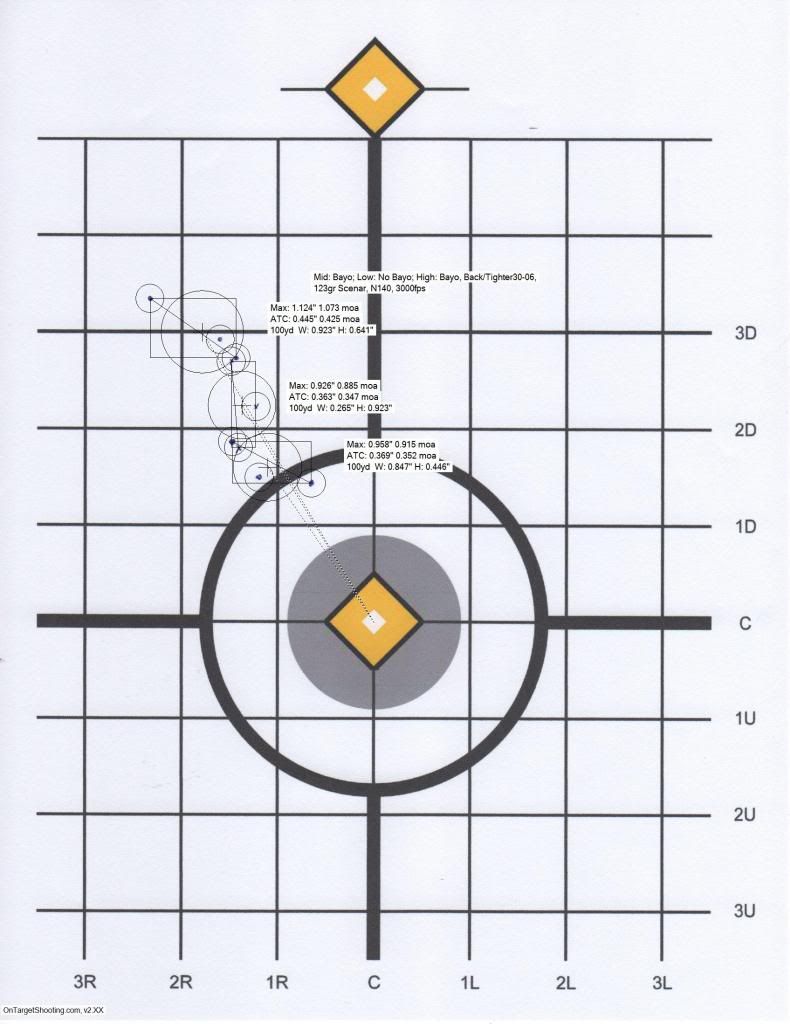Found this a little while ago. Gives real world testing and explanations of both chrony's in video.
I appreciate this guy putting a good face on the inexpensive chronograph, but trying to say they give even similar results based solely on average speed is disingenuous at best and misleading at worst. Most people I know who even bother with a chronograph are doing so for load development. I'm hoping that he was shooting commercial ammo for this test, as my last test had an SD of 7 and ES of 24 and I've only been reloading for 2 years. From everything I have read on this site, I will know that I am loading very good ammo when I start getting an ES in single digits. I also appreciate the fact that he was astute enough to own two chronographs, so that he has a good one for load development, and one that is quick and dirty for the field.
While the average happened to come out almost the same, after the first six shots, they all varried by 30-50 fps. First the Oehler was higher than the F1, then on the last string the F1 was higher. One of the two chronographs was all over the place. He needs to check his calculations too. on the Oehler, he lists a high, low and ES of 2671, 2597, and 138. Assuming the first two numbers are correct, the ES should be 74. On the F1, he lists a high, low and ES of 2703, 2565, and 80. The difference is 138 between the high and low. I have not taken the time to record all of his readings and recalculate the SDs.
I too have a cheaper chronograph, a ProChrono, and the dropped numbers and incorrect numbers were driving me nuts. I like the fact that he shows the necessary vertical positioning of the shots within the skyscreens. I wonder how he determined that range? (Just a question.) The main reason I went with the 35P is the Proof concept. The Oehler takes two readings on each shot. A 2' reading and a 4' reading and compares the two numbers. Of course the 4' reading is the actual measurement, while the 2' reading lets you know if the other reading is reliable and it marks the shot with an asterisk if the numbers vary by too great of a difference. When I am relying on this information for load development, that gives me peace of mind. I almost choked when I first saw the price (now close to $600), and the printer looks like Korean War surplus, but like the video said, most of the pros rely on it or another even more expensive Oehler model.
I feel like I'm bashing too much, and I really don't want to do that. It looks like he went to a lot of trouble to make this video and test, which I watched twice and I appreciated his production quality. Insetting a view of the two remote readouts was a really nice touch. I'm sorry I came off so harsh, but I guess the similar results comments just struck me wrong. They are very different on most shots, and if you cannot rely on the accuracy, what's the use?


